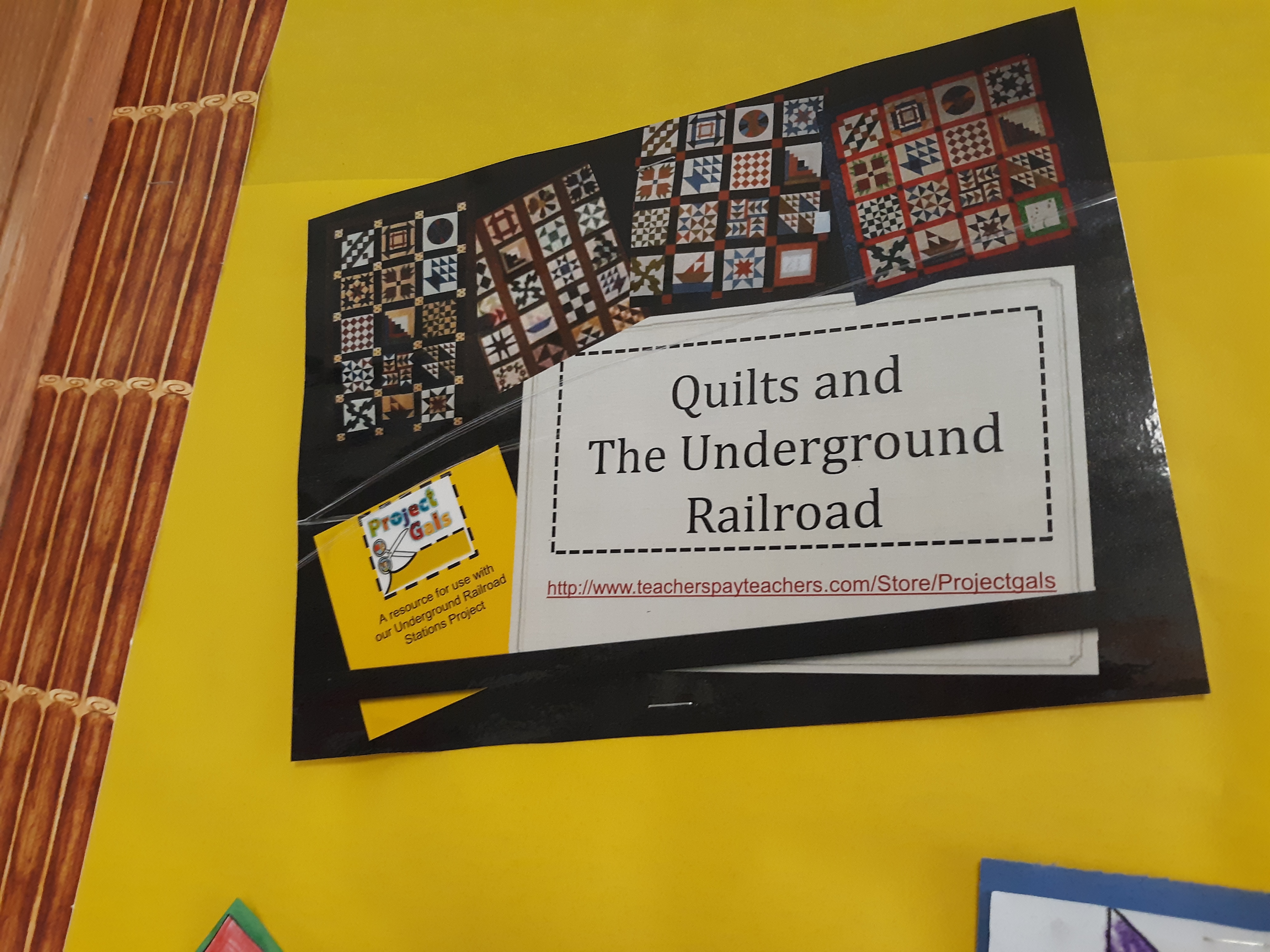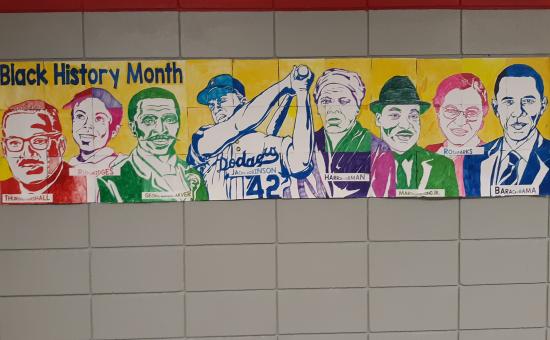Celebrating Black history throughout the year
02/01/2021
ISTA Minority Educator of the Year Willandra Macklin-Malone shares insights on why and how she celebrates Black History Month throughout the year and in a variety of subjects.
One of my favorite things about being a teacher is that I get to open minds to information that is not always found in the textbook. One of the hardest things about being a teacher is having the information ready, but only allotted 20 days to share it.
When I was growing up in school, Dr. Martin Luther King Jr. was the only Black American that was mentioned in my textbook. Dr. King’s work was essential in moving this country forward, but my soul was telling me that he couldn’t have been the only Black American to make an impact. As more information became available to me, I became excited. It was an epiphany – I knew it! I soaked it up and am still soaking up so much. I was hungry to learn more and figure out how I could implement it into the everyday lessons of the students that I teach.
As a new teacher, I stuck strictly to the curriculum and texts that were given to me. As I’ve become more comfortable in the classroom, I decided to start my own learning library to create a more diverse reading experience for my students. Black history was given one month, and the shortest month of the year at that. I tried to get in as much Black history as I could in that short month, but I found it nearly impossible.

This year, I decided to start teaching about Black Americans in August. I first incorporated Black history into social studies. Indiana’s fourth-grade curriculum includes the history of Indiana. I used this standard to introduce my class to Harriet Tubman and the Underground Railroad. Although Tubman was not an Indiana native, Indiana was considered a free state, and crossing the Ohio River into Indiana from Kentucky was a safe haven for some freedom seekers.
Levi and Catharine Coffin also come into play as famous Indiana abolitionists. As I dug deeper into the Underground Railroad in Indiana, I found out that there are even a couple of stations down the street from our school. Currently, we are using Ruby Bridges as an example of how young people can make a positive difference in our country. I incorporate Ruby’s story into ELA and math by creating a timeline of the major events surrounding her integration of schools. Next up, I will be using Black American inventors/scientists in my classroom. These Black Americans will be taught in the areas of ELA, science and math.
My goal is to show my students that Black history is American history. I want my students to be familiar with many names of Black Americans, not just Martin Luther King Jr. Sometimes it seems that the only Black Americans that my students know are either famous for sports or infamous for negative things. I want to start a change in that mindset. As teachers, the power for that change begins with us!
